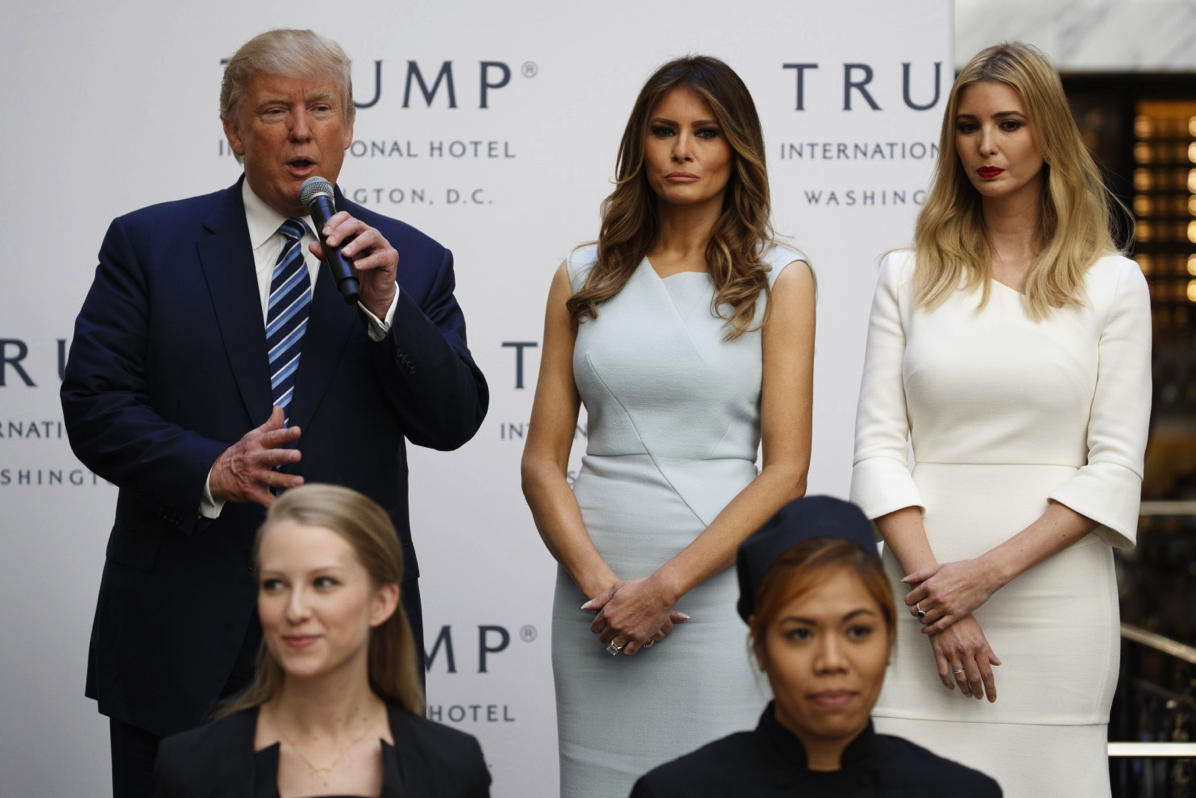
Here’s the difference: the progressives agree with the anti-Trump crowd. One set of rules for one set of circumstances.
In the WaPo:
Jim Campbell is senior counsel with Alliance Defending Freedom, which is providing legal representation for Blaine Adamson, Lorie Smith and Carl Larsen.
Many business professionals yearn to live an authentic life — to conduct themselves according to the principles they hold dear. With the election of Donald Trump, this desire for genuine authenticity has swept through the fashion industry. As a recent Post column noted , a number of famous designers have refused to dress Melania and Ivanka Trump because they abhor the president-elect’s policies and practices.
As Robin Givhan explained in that column, these artists view fashion as their “tool for communicating [their] world vision . . . in the same way that a poet’s words or a musician’s lyrics are a deeply personal reflection of the person who wrote them.” In their minds, designing dresses for a member of the Trump family would express approval of the president-elect’s politics.
“As for those designers for whom fashion serves as their voice in the world,” Givhan concluded, “they should not feel obligated to say something in which they do not believe.” Well said. No one should be forced to violate his or her conscience by saying something that conflicts with his or her core convictions.
That same respect for freedom — and the right to live with authenticity — must apply to other artistic professionals, too. That includes people such as Blaine Adamson , a printer in Kentucky who objected to the messages on a promotional item he was asked to create for a lesbian, gay, bisexual and transgender (LGBT) pride festival. It also belongs to Lorie Smith , a graphic designer in Colorado who declines to build wedding websites that express ideas in conflict with her views about marriage, and Carl Larsen , a filmmaker in Minnesota who does not wished to be forced to tell the story of certain religious events (like same-sex weddings) that are at odds with his beliefs.
If fashion designers can say no to the first lady, then Adamson, Smith and Larsen must also be allowed to decline to communicate messages that they consider objectionable. A number of now-pending lawsuits will soon decide the rights of these other professionals. So far, a court has ruled only in Adamson’s case, finding that he may follow his conscience and decline to print a shirt promoting a gay pride festival. But that ruling is on appeal.
The similarities between the fashion designers’ stance and that of the other professionals is impossible to ignore. They all share a deep conviction about their need to live authentically. They feel so strongly about this that they are willing to endure great cost to do so.